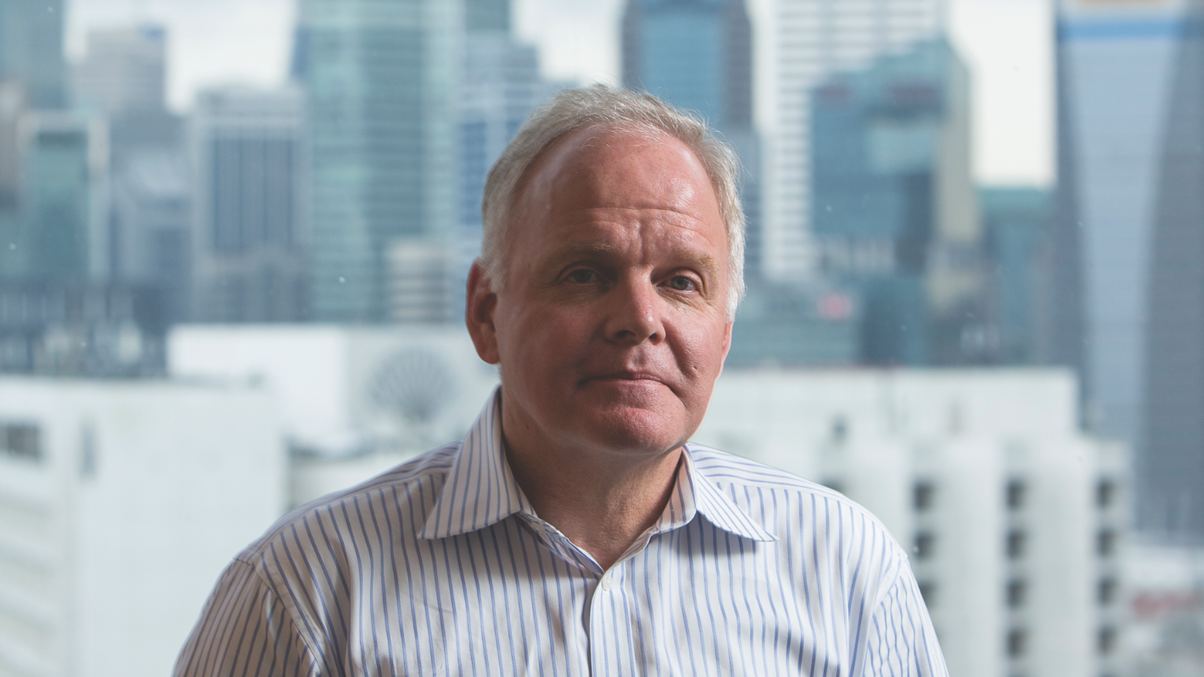Putting a greater focus on ALM
Bernd Gutting, CEO and CIO of Allianz Investment Management for Asia.

As chief executive and chief investment officer for Asia at Allianz Investment Management based in Singapore, Bernd Gutting oversees the $25.6 billion in general account assets and $12 billion in unit-linked assets (as of March 31) for German insurer Allianz’s Asian businesses.
Sign in to read on!
Registered users get 2 free articles in 30 days.
Subscribers have full unlimited access to AsianInvestor
Not signed up? New users get 2 free articles per month, plus a 7-day unlimited free trial.
¬ Haymarket Media Limited. All rights reserved.


